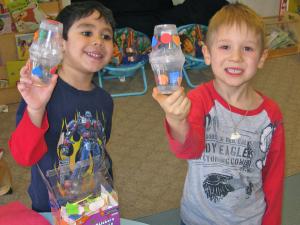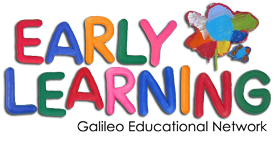
 Classroom materials and learning tasks; the background of each child and the influence of the wider community – this is a child’s educational environment, and it sets the stage for a lifetime of growth.
Classroom materials and learning tasks; the background of each child and the influence of the wider community – this is a child’s educational environment, and it sets the stage for a lifetime of growth.
Many children benefit from learner, knowledge, and assessment-centered environments, but these elements must work together as a whole in order to be effective. In How People Learn: Brain, Mind, Experience, and School (National Academy Press, 2000), authors Bransford, Brown and Cocking explain:
Teachers in learner-centered classrooms pay close attention to the knowledge, skills, attitudes and interests of each child so that they may build upon them. Learner-centered teachers design classroom activities that are challenging enough to engage all students, while at the same time ensuring there is enough scaffolding built in so that no one gets discouraged and gives up.
 Fostering a learning environment that requires children to build knowledge is also important. While engagement in a task is important, it’s not the sole indicator of an effective early learning environment. A knowledge-centered environment needs to lead to, and support, new learning.
Fostering a learning environment that requires children to build knowledge is also important. While engagement in a task is important, it’s not the sole indicator of an effective early learning environment. A knowledge-centered environment needs to lead to, and support, new learning.
There are important differences between tasks and projects that encourage hands-on doing and those that encourage doing with understanding; the knowledge-centered environment emphasizes the latter.
In this video, Dr. Friesen discusses the importance of understanding the learning theories that underpin effective early learning environments.
Effective early learning environments are places where children learn in community with others. Children work together to tell and re-enact imaginative stories, create invented worlds, engage in social play, and work with friends to solve problems that matter to them. Through these types of playful social interactions children develop a sense of themselves as agents who have some power over their worlds. Click on the links below to learn about how preschool students made a yoga studio and how a group of elementary school children made an indoor playground from materials found in the gym.
Downloads
Dr. Jane Hewes has tips on how adults can create an environment that allows children to explore their environment and learn through play.
Learning cannot take place without assessment. It’s especially important children are given opportunities to evaluate and participant in their own learning. This document lists what to look for in an early learning classroom.

